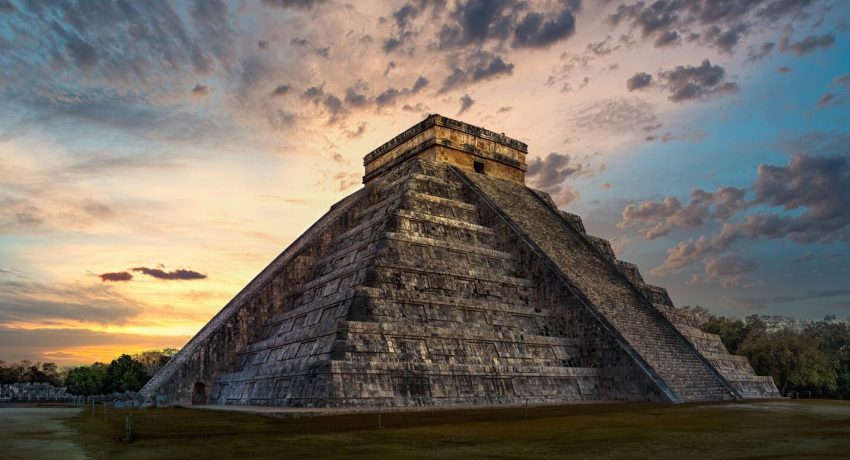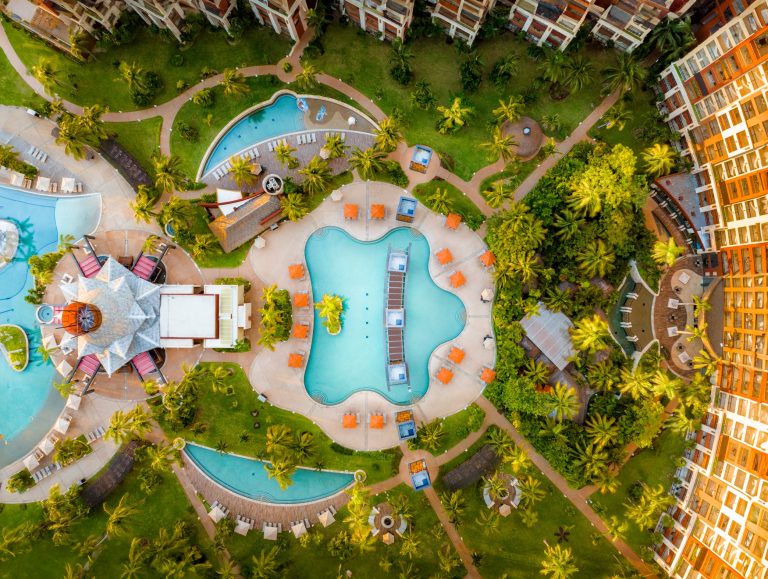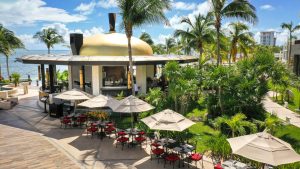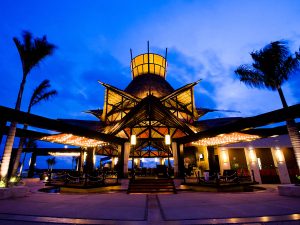The ancient Maya was an awesome civilization which spanned some 2,000 years. Remains of the civilization were discovered in the eighteenth and nineteenth centuries attracting widespread interest. Part of the allure of the Mayan World is essentially that it is a ‘lost civilization’ which left ruined cities.
While the true history of the Maya civilization is still unknown, considerable progress has been made through exploration and research that has given us more answers, tracing periods of their growth, decline, and development until their eventual downfall after the Spanish Conquest.
Despite their lost civilization, the Maya made many advancements in mathematics, astronomy, calendric and writing systems, technology, commerce, art and architecture.
Public interest in ancient Mayan civilization grew in the second half of the 20th century, especially in Europe, following the publication of the first synthesis text on the subject: The Ancient Maya, a book written by archaeologist Sylvanus Griswold Morley.
Click here to read about what the Ancient Mayans ate in the past.
Morley was one of the most important 20th century experts on Mayan history. He spent much of his life exploring and conducting archaeological research on various Mayan sites in Mexico and Central America, especially Chichén Itzá. Some of Morley’s discoveries about the Mayan world were later proven to be incorrect, but he was considered one of the foremost authorities during his lifetime.
Morley’s Research
Morley was born in Pennsylvania, United States in 1883. As a young man, he was interested in archaeology, especially Egyptology. After completing an undergraduate degree in civil engineering at Pennsylvania Military College in 1904, he went on to study archeology at Harvard University. While at Harvard, he switched his focus from Ancient Egypt to the pre-Columbian Maya. He graduated from Harvard in 1907 with a Bachelor of Arts in American Research, and he went on his first field trip to Mexico in the same year.
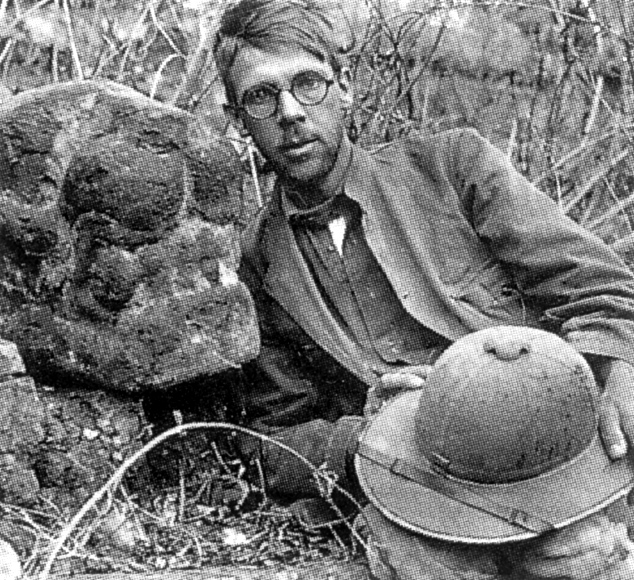
He spent four months in the state of Yucatán visiting and exploring Mayan sites. He visited Chichén Itzá, as well as a site called Acanceh, another called Mayapan, and several in the region of western Yucatán known as Puuc, including the sites of Uxmal, Kabah, Labná, Sayil, and Kiuic.
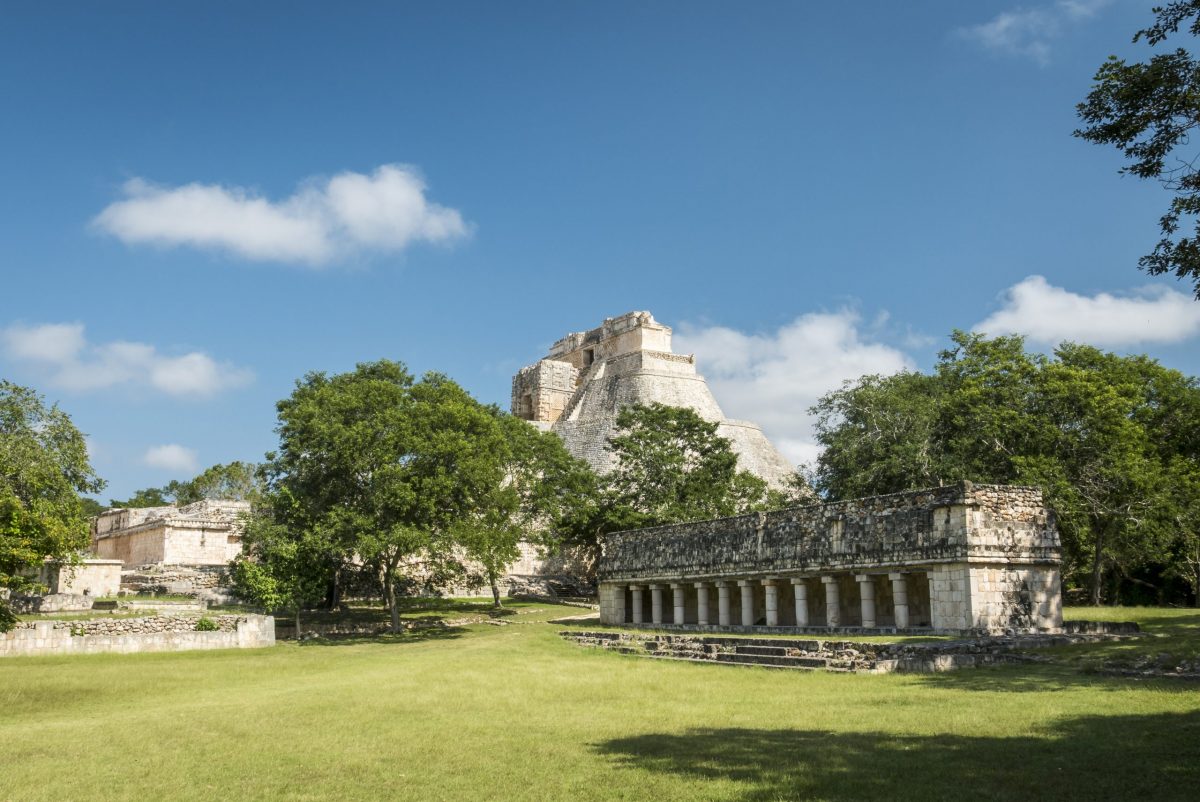
While he was at Chichén Itzá, he assisted archaeologist Edward Thompson with the dredging of the Cenote Sagrado. He brought artifacts from the cenote back to the Peabody Museum at Harvard.
Later in 1907, Morley took a job at the School of American Archaeology (SAA) in Santa Fe, New Mexico and studied the archaeological sites of the ancient Pueblo peoples in the region. He ended up working permanently for the SAA, and during his tenure he split his field work between the American Southwest, Mexico and Central America. While working for the SAA, he continued his education and earned his Master of Arts degree from Harvard in 1908.
Well credentialed by his education and looking for a big project, in 1912 Morley submitted a proposal to the Carnegie Institution’s new department of anthropology to excavate the site of Chichén Itzá. The department approved his proposal but, due to instability in the Yucatán after the Mexican Revolution and the beginning of World War I, the project was delayed for ten years.
During that time, Morley continued to work with the Carnegie Institution. He went on several research trips to Mexico and Central America, and he published his first book, An Introduction to the Study of Maya Hieroglyphs in 1915, in which he wrote about the history and the calendar system of the Maya and sketched their hieroglyphs in great detail.
Morley’s excavation of Chichén Itzá finally began in 1924, and continued until 1940. Although he worked on and managed archaeological work at several other sites in the region, Chichén Itzá was really Morley’s life’s work. He studied and sketched the hieroglyphs throughout the site, particularly the date inscriptions.
Morley and his team found both Mayan and other groups of pre-Columbian Mexican styles at Chichén Itzá, especially Toltec influence, which led them to believe that Chichén Itzá had been invaded and conquered in the 10th century by Toltec warriors. This theory was accepted by most Mayan scholars until the mid-1990s, when scholars started to believe that there was no invasion, but rather that the Mayans and Mexicans mixed through trade.
After his work at Chichén Itzá finished, Morley published his most popular book, The Ancient Maya, in 1948.
The book described his archaeological efforts in the jungles during the early days of exploration of the Maya territory. It included historical writings, drawings of Mayan calendric symbols and hieroglyphs. It also included photos of descendants of ancient Mayan people, as well as descriptions of modern communities of the descendants of the Maya, who still live in Mexico and Central America. This book was recognized as “a magnificent panorama of the Maya world.”
From the 1920s through the 1970s, Morley’s research was considered the standard by which any new theories were judged. However, a new generation of researchers have found information that has since proven some of Morley’s theories wrong; there is now a growing movement to update the way we think about Mayan history.
It has since been discovered that Morley inaccurately portrayed the borders of the Mayan empire. He claimed that Mayan history was concentrated between the core of Petén in Guatemala and the north of the Yucatán Peninsula in Mexico, and that the populations established in the surrounding areas were of secondary importance.
On the map he drew to locate the important centers, only Tikal to the south and Chichén Itzá and Uxmal to the north appeared. Calakmul, Rio Bec and El Palmar were awarded the category of “second class,” and he also named a few other “third and fourth order” settlements. The center of the Yucatán Peninsula, the south of Quintana Roo and all of Belize were registered as depopulated centers.
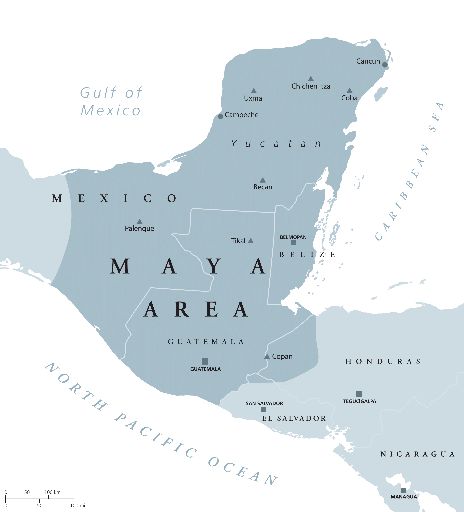
Morley’s erroneous conclusions that limited the actual size of the empire were accepted at the time, since there was not enough evidence to conclude anything different. However, because of an explosion of research about the Maya in recent years, we are beginning to understand more about this brilliant civilization and how advanced they were.
Due to these new discoveries, the present edition of The Ancient Maya has been updated to include recent findings that provide a slightly different vision of Mayan culture but without sacrificing much of Morley’s original enthusiasm and admiration for the Maya that originally made the book so popular.
Would you like to know more about new discoveries of more ancient sites in the Mayan world? Click here to continue reading.
